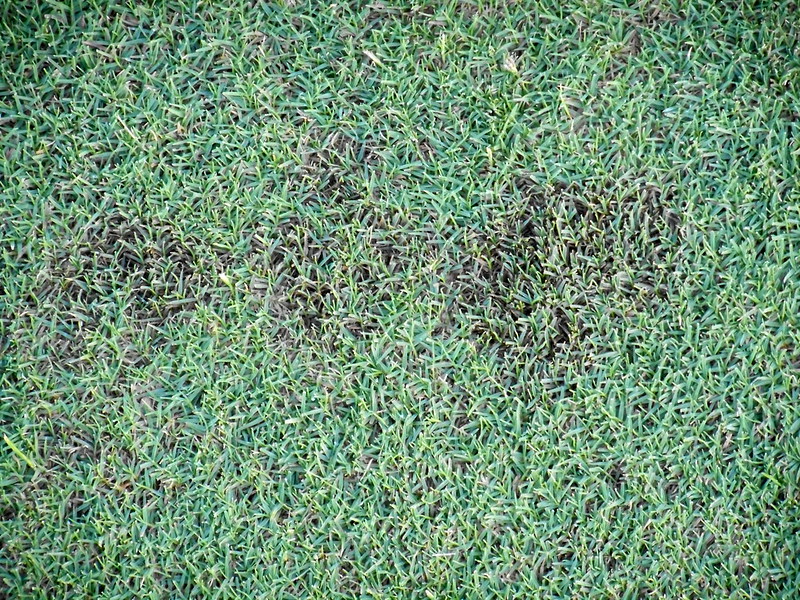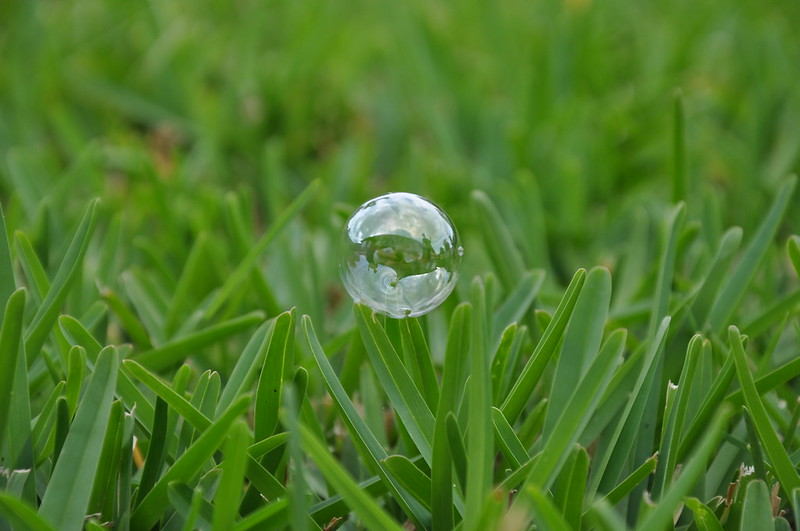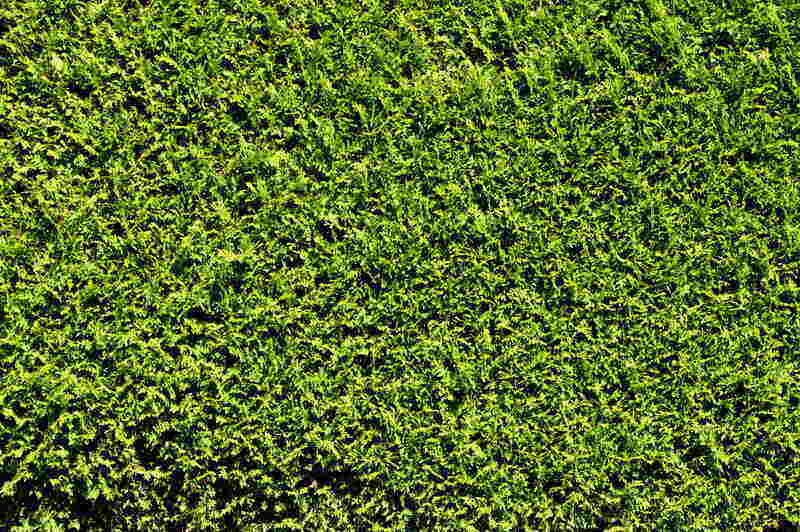4 Grasses That Grow Best in Your Arizona Lawn
BY WHITNEY LEHNECKER | MAY 1ST, 2023 | ARIZONA, LAWN CAREThe American Southwest evokes images of stunning red rock canyons and cactus bristling with needle-sharp thorns while also bursting with stunning flowers. A lush green lawn? Maybe not so much.
But hang on. Yes, grass does in fact grow in the arid desert climate of Arizona, provided you know which varieties do well there and take care of your lawn properly. So while your neighbors might instead embrace drought-tolerant xeriscaping that needs little water, if you just can’t live without a lawn, we’ve got a list of the best grasses that grow best in Arizona.
In this article:
What do these grasses have in common? We’ll get into the particulars below, but in general, they handle the heat well and don’t require as much water as other species, which makes them well-suited to the searing, dry desert climate.
Bermudagrass

Photo Credit: Scot Nelson / Flickr / CC0 1.0
Bermudagrass is the fastest-growing of all the warm-season grasses, making it difficult to control, especially around flower beds or borders. But its fast growth rate means it stands up well to heavy foot traffic. Bermudagrass likes direct sun and needs soil with good drainage, making it ideal for this climate. And best of all, it’s equally well adapted to the low desert valleys of Phoenix and the higher elevations of northern Arizona, around Flagstaff.
Classification: Warm-season
Spreads by: Stolons and rhizomes
Shade tolerance: Low
Drought tolerance: Good; can go dormant during extended periods of drought, however
Foot traffic tolerance: High
Maintenance needs: High
Recommended mowing height: 1½ to 2 ½ inches
Note: Bermudagrass goes dormant in the winter and stays dormant longer than other warm-season grasses like Zoysia.
Palmetto St. Augustine

Photo Credit: Jay Morgan / Flickr / CC BY-ND 2.0
Palmetto St. Augustinegrass is akin to its East Coast cousin, St. Augustinegrass, but is darker and has a finer texture. It does well in all kinds of conditions — shade, cold, heat, and drought – making it an excellent choice for Arizona lawns. It also endures foot traffic reasonably well and doesn’t need a great deal of water – about an inch a week on average.
Classification: Warm-season
Spreads by: Stolons
Shade tolerance: Good
Drought tolerance: High
Foot traffic tolerance: Good
Maintenance needs: Moderate
Recommended mowing height: 1 ½ to 2 ½ inches
Midiron

Photo Credit: PxFuel
The most widely used turf grass in Arizona, Midiron is a tough, durable, medium-textured grass known for its beautiful blue-green color. Midiron is a hybrid Bermudagrass, so it tolerates drought, requires little maintenance, and can withstand a great deal of foot traffic. Although it goes dormant in the winter, it recovers quickly when overseeded, so you can transition back to a green yard as the weather warms up. It also can be planted in hard soils like sand or clay, which are found in abundance here in Arizona.
Classification: Warm-season
Spreads by: Rhizomes
Shade tolerance: Low
Drought tolerance: High
Foot traffic tolerance: High
Maintenance needs: Low
Recommended mowing height: 2 inches
How to Choose the Right Grass
Just because all these grasses do well in Arizona, doesn’t mean they all work equally well for you. The type of grass you choose also has to do with your lifestyle, your aesthetic, and the amount of effort you are willing to commit to maintaining your lawn.
Here are some things to consider:
If you would rather spend more time enjoying life and less time dealing with your lawn, go with midiron.
If so, the only option is Palmetto St. Augustinegrass. All the other grasses struggle in shade.
If you need a lawn that can stand up to heavy foot traffic, choose midiron or Bermudagrass.
A Word About Overseeding
With the desert climate in Phoenix, warm-season grasses look beautiful through spring and summer but can leave your lawn brown and unattractive in winter.
You can avoid this by overseeding with cool-season grasses like annual and perennial ryegrass and creeping bentgrass.
The University of Arizona recommends overseeding in October when the daytime temperatures are between 80 degrees and 85 degrees Fahrenheit and nighttime temperatures are above 55 degrees Fahrenheit.
Need a Hand?
Need help choosing the best grass for your Arizona yard? Contact a local lawn care professional to install and maintain your beautiful lawn.
Main Photo by: Mcmillin24 / Wikimedia Commons / CC BY-SA 3.0